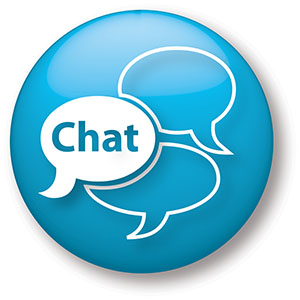Tips & Tricks
Persistent Group Chat – The Journey to Microsoft Teams

Microsoft has recently announced a new vision centered around Microsoft Teams.
In Microsoft’s FAQ for this, it defines Intelligent Communication Vision as:
What is Microsoft’s new vision for Intelligent Communications?
We’ve enjoyed great success across Office 365 with over 100M monthly commercial active users counting on Office 365 every day to get their work done. We are now aiming to bring the capabilities of Skype for Business in the cloud into Teams to deliver a single hub for teamwork, with built-in, fully integrated voice and video. By tightly weaving communications into the apps teams use to collaborate every day, alongside AI, Microsoft Graph, LinkedIn, and other data and cognitive services, we will enable Intelligent Communications, revolutionizing calling and meeting experiences.
Teams will eventually replace Microsoft Skype for Business. For the uninitiated, Teams is Microsoft’s competitor to the highly successful and popular chat app, Slack. It’s reported that Microsoft offered Slack $4b for acquisition, but the offer was turned down. So what’s the big deal with Teams and Slack? It’s simple, less email in your inbox.
If you haven’t used Slack or Teams, you are missing out. The amount of informal and internal emails grow by the minute in my inbox. Even better are the threads that start about where to have lunch that turn into strategies conversation. The truth is that they aren’t electronic mail any more, they are free flowing conversations.
These group chat applications take these conversational trends and greatly enhance them. You can now have better, more efficient communication with more people who are actually paying attention. For some of our internal teams, what used to be a volume of a couple hundred emails a week has turn into maybe 1 or 2 reference emails.
Teams is available in most Office365 suites at this point and Slack is free to try for as long as you like. I highly recommend deploying either application to get a feel for how it works. You’ll be surprised on how quickly the user adoption will take off.
